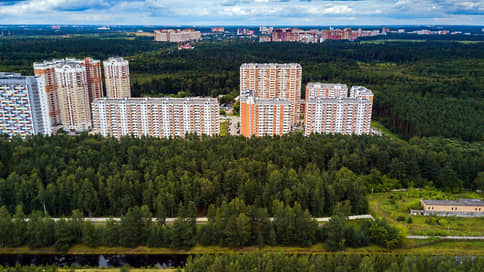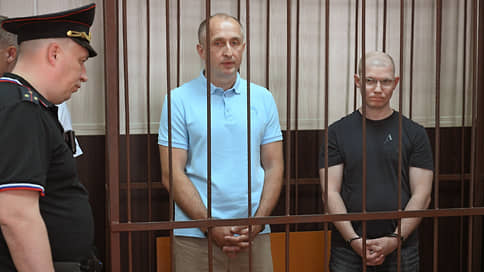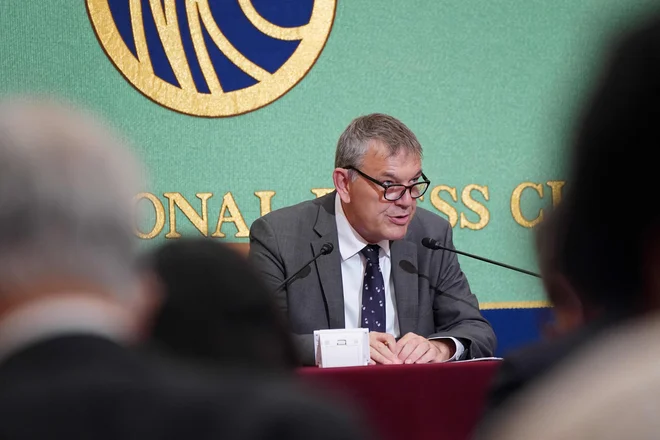The Ministry of Natural Resources published a draft order with a description of the security zone of the Prochis Island National Park

The Ministry of Natural Resources has developed a draft order on the security zone of the Losynaya Island National Park within the Moscow Region. This document will indicate the exact coordinates of this territory and its environmental regime is determined. The adoption of the order, according to the Ministry of Natural Resources, will help prevent a negative impact on the unique ecosystem of the park. However, the expert notes that the document does not clearly indicate the prohibitions that should operate on the territory of the “Losynaya Island”.
The Ministry of Natural Resources published for public discussion a draft order describing the security zone of the Losynie Island National Park, located within the borders of the Moscow Region. Part of the national park in Moscow at the end of 2023 passed under the control of the capital’s authorities. The powers in the field of protection and use of these territories are located with the Moscow Department of Culture. Their borders were approved by the decree of the capital’s government of April 11, 2025.
Initially, the boundaries of the security zone of the “Losyn Island” were established in the USSR by decisions of the executive committees of the Moscow Regional and Moscow City Councils of People’s Deputies of 1979 and 1988.
In Soviet documents, streets, rivers, boundaries of quarters, technical zones and so on are used as guidelines.
The Ministry of Natural Resources notes that this led to “violations of the regime of the security zone from legal entities and individuals engaged in economic and other activities within its borders”, and therefore it was decided to indicate in the order the exact coordinates of the borders.
The document also fixes the regime of the security zone. On the territory of the National Park, the construction of new facilities attributed to particularly dangerous or technically complex ones is prohibited. Economic activity (the use of roads, pipelines, communication lines and power lines, etc.) in the security zone should be carried out in such a way as not to harm animals.
“The territory of the national park within the boundaries of the Moscow region is surrounded by densely populated urbanized territories, industrial zones and objects of urban communal and transport infrastructure,” the Ministry of Natural Resources indicate. “The intensive effects of the urban environment on the forest plants of the national park and excessive recreational loads on its territory can cause irreparable damage to the environment, have a negative impact on the quality of life of living citizens and the level of environmental safety of the metropolis. ” The new order, confident in the ministry, will reduce these risks. “The project was developed in order to prevent the negative impact on the unique forest ecosystems of the national park, which carry out environmental, water protection, protective, sanitary-hygienic and other useful functions,” the explanatory note says.
The clarification of the coordinates of the security zone is a “positive process”, says Anton Khlynov, an expert at the Rosleskhoz, “the situation on the ground is changing, addresses and geographical objects are changing – it is necessary to describe this zone in the coordinates more accurately.”
Mr. Khlynov emphasizes that the new order does not cancel the still current Soviet documents, but complains that he lacks “specifics”. “It does not exclude the development of territories, it does not spell out a buffer zone and does not indicate a ban on the transfer of agricultural land to other categories,” the expert notes. “It is not provided for a ban on changing the intended purpose of land, which can ultimately lead to low -rise buildings and even multi -storey construction.”








